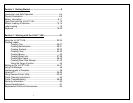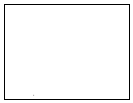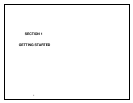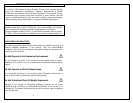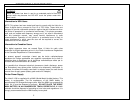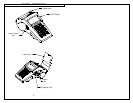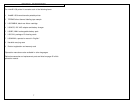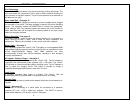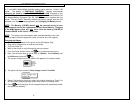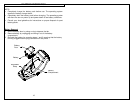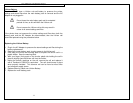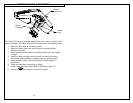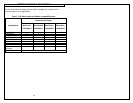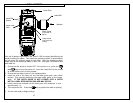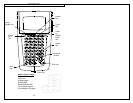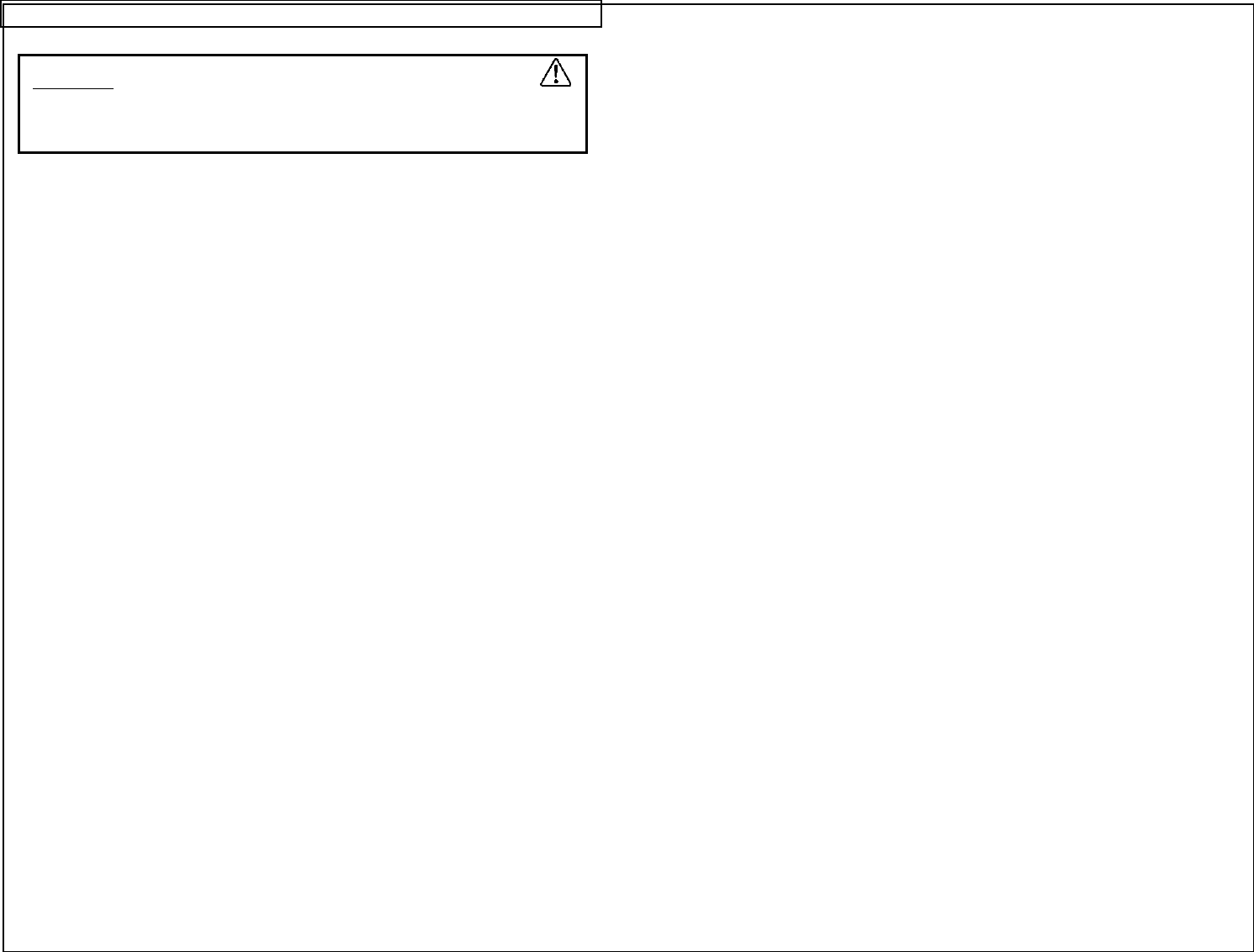
INTRODUCTION & SAFE OPERATION
5
WARNING:
When the printer has been in use for an extended period of time, the
printer motor may become hot. DO NOT touch the printer motor with
bare hands.
Information to USA Users
NOTE: This printer has been tested and found to comply with the limits for a
Class A digital device, pursuant to Part 15 of FCC rules. These limits are
designed to provide reasonable protection against harmful interference when
the printer is operated in a commercial environment. This printer generates,
uses, and can radiate radio frequency energy and, if not used in accordance
with this instruction manual, may cause harmful interference to radio
communications. Operation of this printer in a residential area is likely to
cause interference in which case the user will be required to correct the
interference at his own expense.
Information to Canadian Users
This digital apparatus does not exceed Class A limits for radio noise
emissions for digital apparatus set out in the Radio Interference Regulations
of the Canadian Department of Communications.
Le present appareil numerique n’emet pas de bruits radioelectriques
depassant les limites applicables aux appareils numeriques de la class A
prescrites dans le Reglement sur le brouillage radioelectrique edicte par le
ministere des Communications du Canada.
It is possible that infrequent electrical phenomena (static discharge, power
line fluctuations) may cause printer function to be temporarily interrupted. In
this case, the printer will usually reset itself. In extreme cases, the user should
remove then re-apply power (battery pack and/or AC Adapter).
Printer Power Supply
The VIPER LS6 is supplied with a NiMH (Nickel-Metal Hydride) battery. This
battery is re-chargeable. The life expectancy of the NiMH battery is
approximately 500 charge/discharge cycles. After the NiMH has surpassed its
useful life, it must be disposed of properly. DO NOT PLACE THE SPENT
NiMH BATTERY IN AN UNAPPROVED TRASH RECEPTACLE. All NiMH
batteries should be disposed of according to local rules and regulations. It is
strongly recommended that the NiMH battery be recycled.



